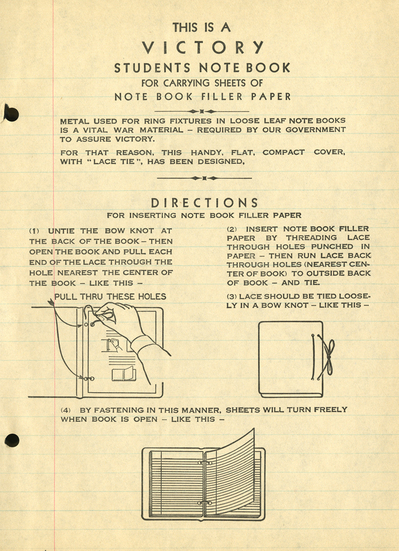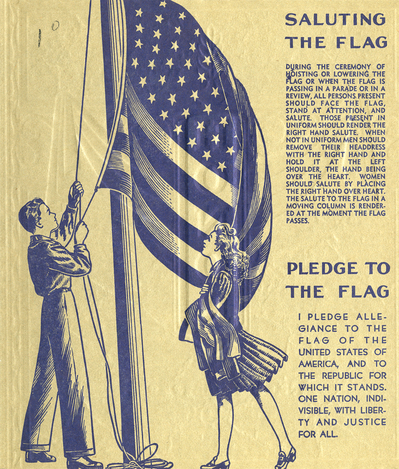…but when I do, I look at the finding aids first. (Ah, topical humor.)
A finding aid, for the blissfully uninitiated, is the document that details what the scope and contents of an archival collection are and assists researchers in determining if the listed materials will be of any use to their work. It’s a snapshot of the collection, so to speak, mixed with equal parts summary, backstory, and any “restrictions on use of or access to the
materials” (thank you, Wikipedia). The finding aid is typically a paper or electronic document (on the Online Archive of California you have choice between PDF and HTML), but the information contained within it can be translated into a machine-readable format called Encoded Archival Description (EAD, for short). There’d be a lot of technical jargon about XML and DACS and such if we kept on about EAD, so let’s just stick to the finding aid, eh?
You might be thinking “Hey Mikael, I sure would like to hear more about what exactly you might find in, well, a finding aid,” to which I would respond, “Simmer down, we’re getting to that.” Even though the Joseph W. Clokey Papers aren’t yet fully processed, working on the finding aid along with it gives me the opportunity to include vital information about the collection as I go, instead of trying to remember it all at the end. The kinds of headings included are things like the date range of the materials, the types of records you’ll find in the collection, and source of acquisition (this collection was, on paper at least, a gift from Joseph Clokey’s son, Art). The finding aid also contains an outline of how the collection is organized. Typically, a small collection need only list a handful of series, but if you’re me and you’re arranging the Clokey Papers, you end up with not just several series of folders, but
subseries and subsubseries below them (yes, that’s actually a word, apparently).
While I don’t have anything to show you this week that is strictly out of the box (hyuck!), here’s a sneak peak from my finding-aid-in-progress. This right here is the current, though perhaps not final, version of my scope and content note:
The Joseph Clokey papers contain newsclippings, personal notes, concert programs, correspondence, teaching materials, writings, a copy of his book In Every Corner Sing, and music in various stages of completion, from early sketches to publication. Clokey’s musical compositions include instrumental chamber music, suites, symphonies, organ music, sacred choral and dramatic music, secular choral music, operas, operettas, and songs as well as arrangements of other works. The collection also includes sacred choral and organ music by other composers, bound together by Clokey for liturgical use, and world music he collected during his travels.
I assure you, the materials themselves are much more interesting than my writing about them…!
Happy May!
Mikael

